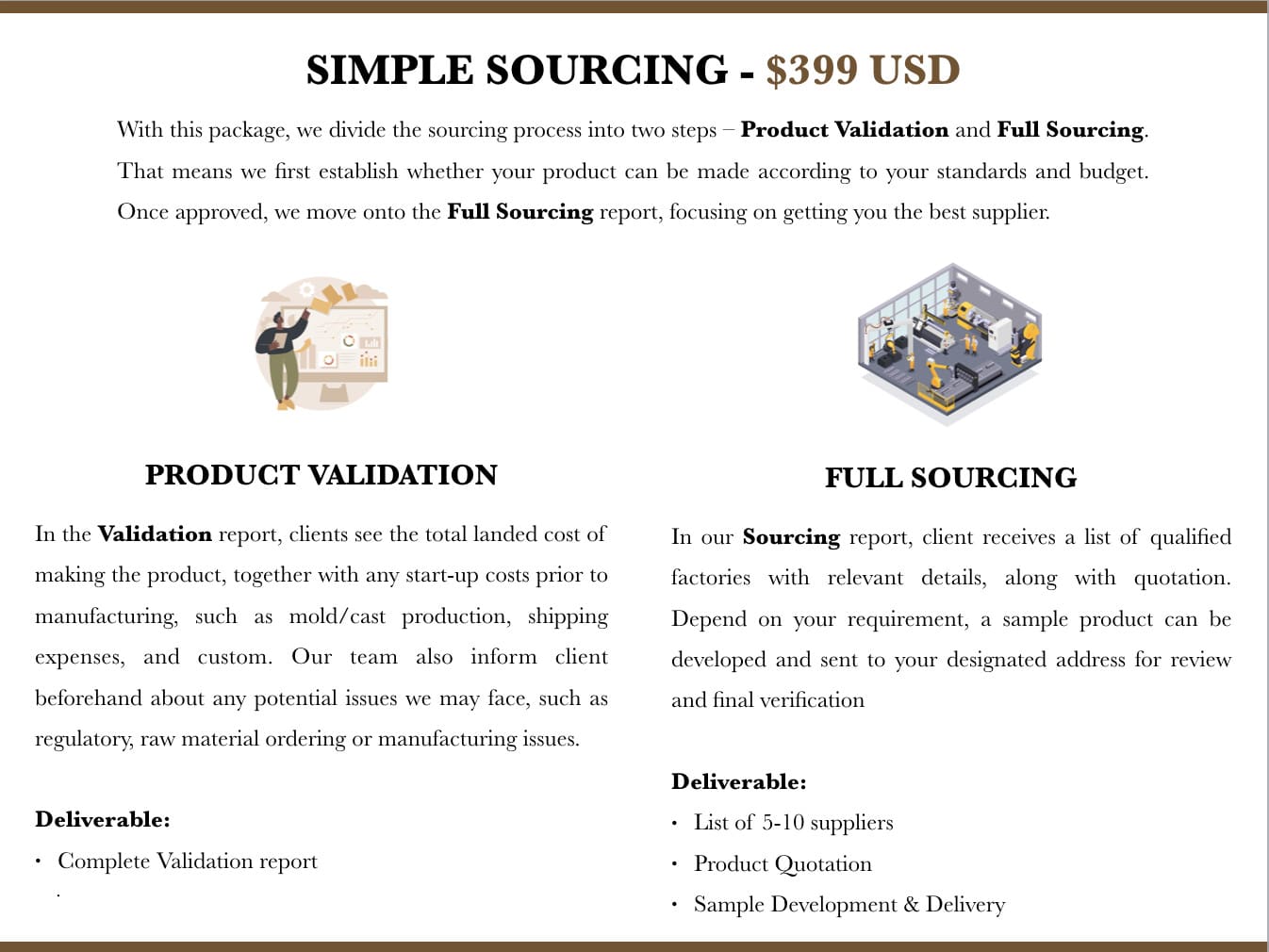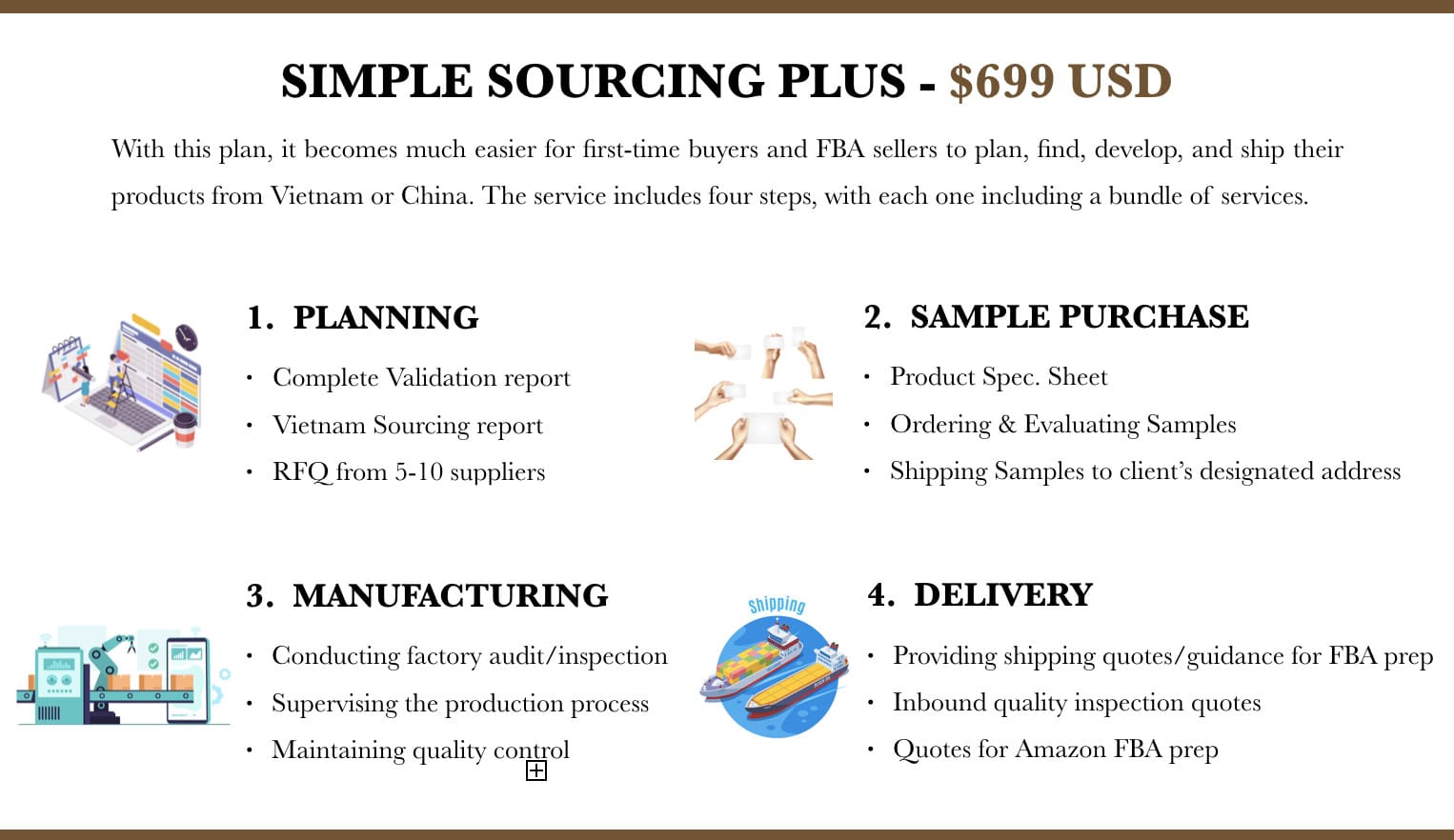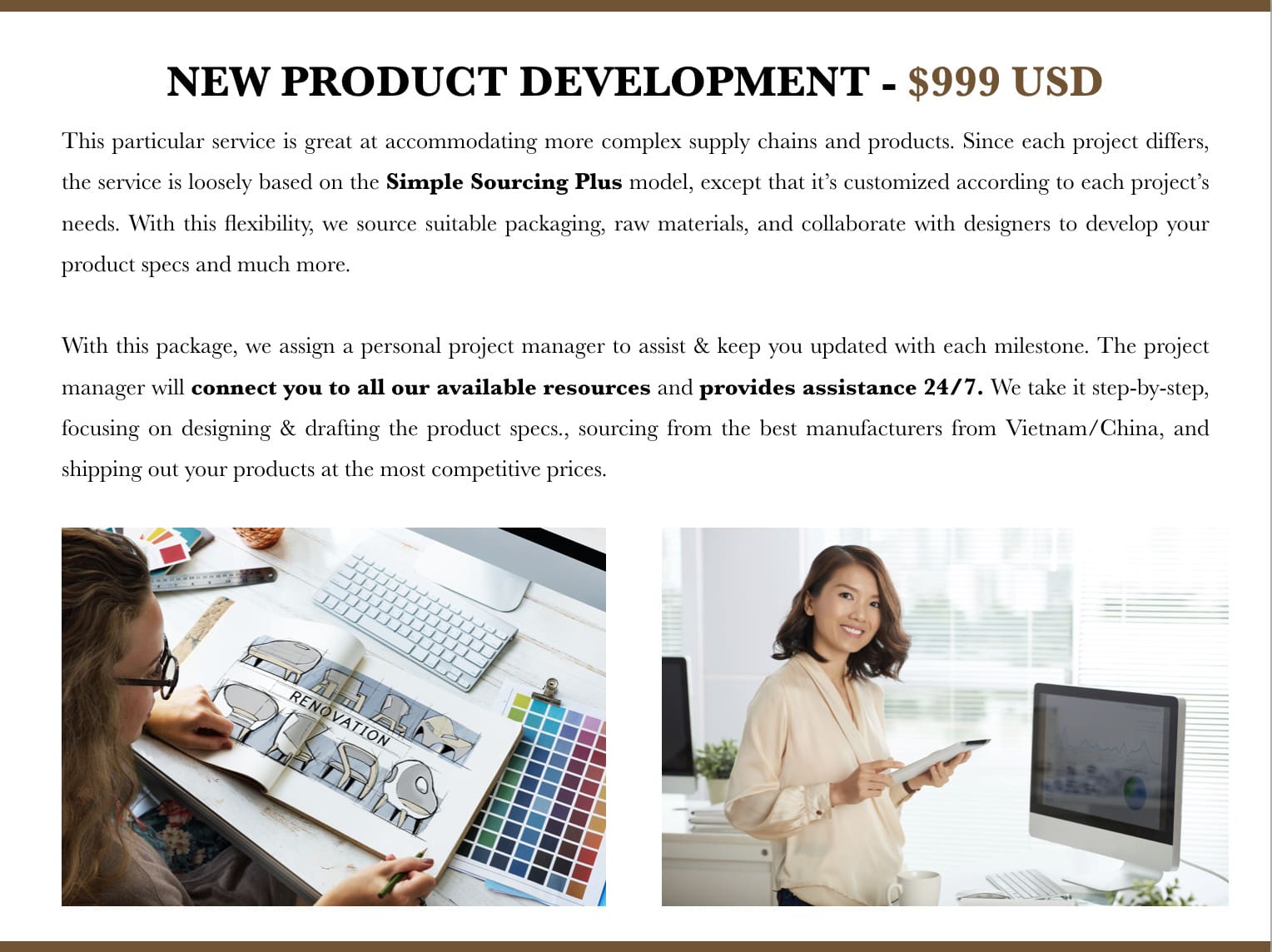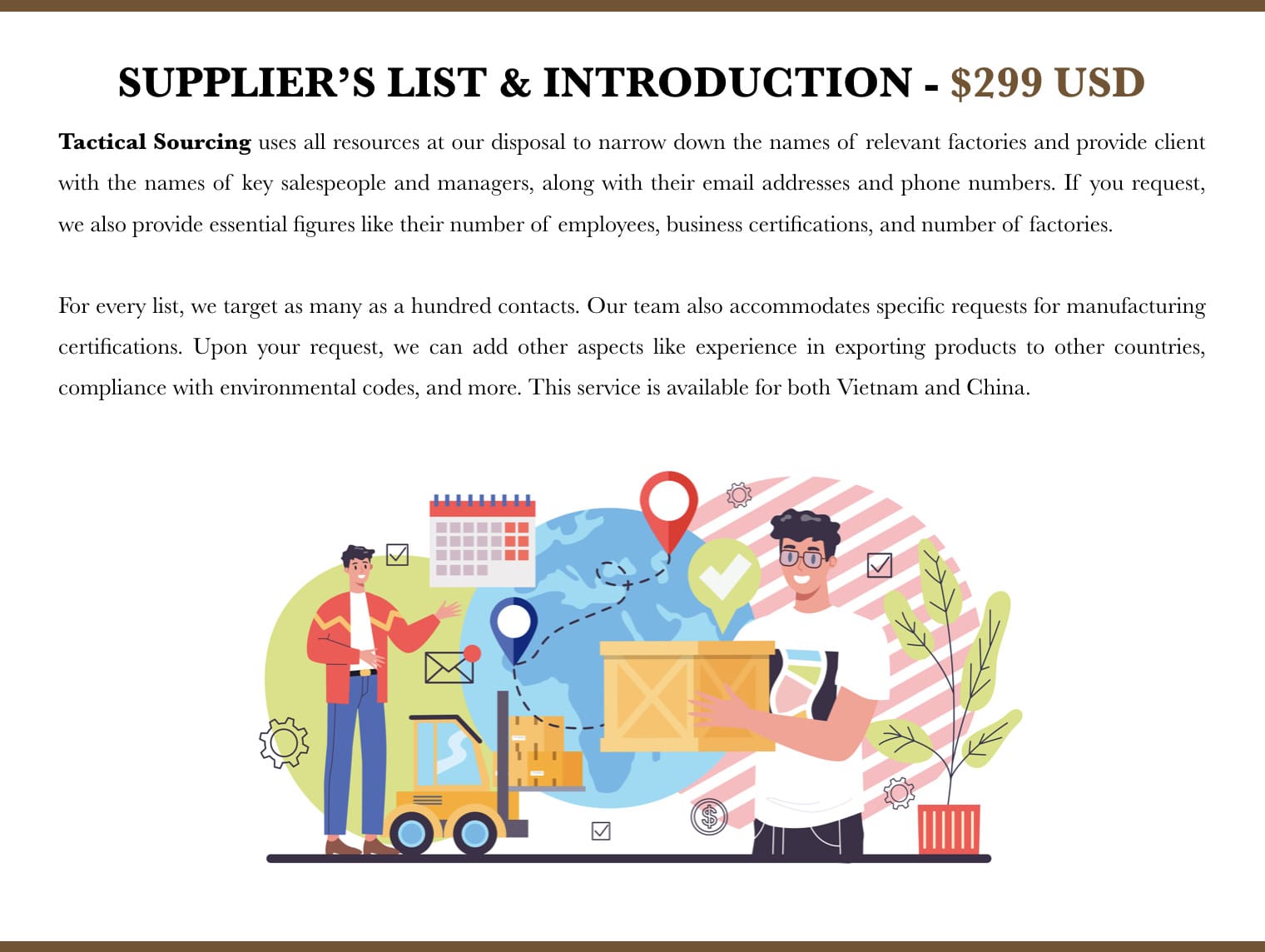
Sourcing Outside of China. After years of ‘Made in China,’ supply chains begin to consider alternatives
The events of the past year have given many companies engaged in outsourcing their manufacturing reason to expand their supply chain. “We’ve realized that we put too much power in a single country,” said Dawn Tiura, CEO of Sourcing Industry Group. If you are wondering whether to reduce your dependence on a single producer, in China or elsewhere, it is helpful to explore your range of options.
Risk factors in China sourcing

Lead times: Procurement managers have to account for manufacturing times plus shipping times when importing from China, compared to a location in SEA.
Transport capacity: Today’s freight landscape is one of low capacity and sky-high freight rates for ocean shipping and air cargo. Ports in China, as well as Southern California, are often backlogged, creating even longer lead times for importers.
COVID-19 outbreaks: The virus risk is not unique to China, but outbreaks have closed or limited operations at key transport hubs, such as the Yantian International Container Terminal and Shanghai Pudong International Airport. “China is taking a very, very, very strong stance on COVID. So, one worker can test positive, and it can shut a supply chain down for two weeks,” Tiura said.
The benefits of keeping your manufacturing presence in Vietnam and Southeast Asia
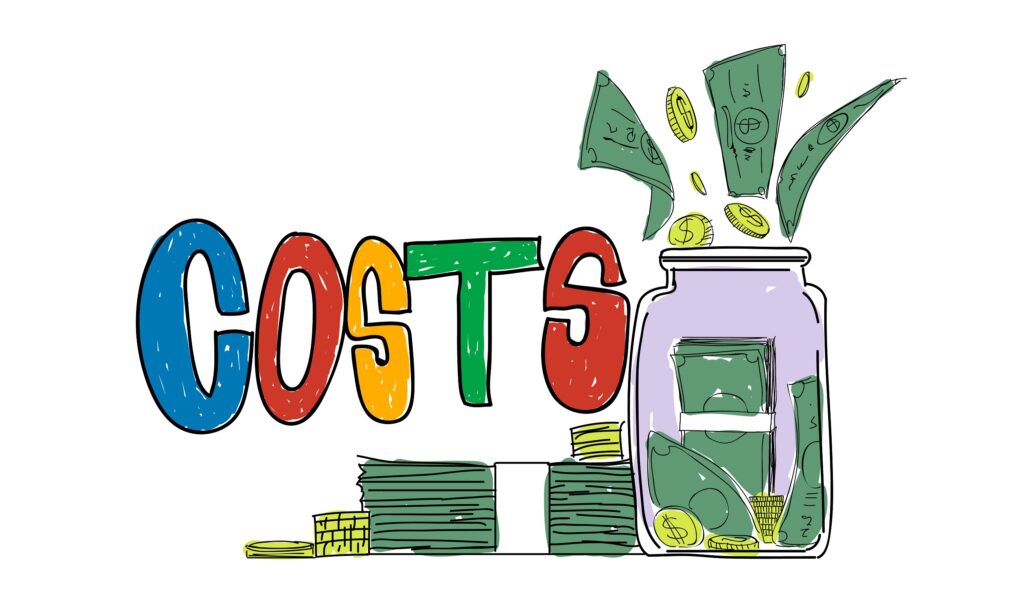
Such as:
- A stable government that welcomes foreign investment
- Large, skilled, and literate workforce
- Cost Competitive: Labor rates are 54% lower than China, High-skilled labor shortages – may increase labor rates.
- Burgeoning infrastructure, including new roads and airports
- New facilities built to contemporary standards
- Ample raw materials, Sustainable Products (Amazon “Climate Pledge Friendly” certification, 18 independent certfication options, Increased consumer demand, increased competitiveness)
- Proximity to China’s supply lines and the Chinese consumer market
- Considerations for Vietnam (Sourcing Outside of China): Textile & Apparel Hotspot (Footwear, knit & woven apparel, furniture, and other textiles, Owns 26% of the total US imported footwear market). Low-volume Orders (Many suppliers are willing to take low initial order quantities, especially for standard product types).
- Diversify to reduce risk: Custom supply chain strategy solutions, Newly expanding manufacturing ecosystems in alternative markets.
- US – Vietnam Tarrifs: Slow change expected over coming years, Do not delay implementing a smart supply chain strategy.
When the U.S. imposed Section 301 tariffs on imports from China, many companies looked to Vietnam. The country has high levels of literacy and relatively low labor costs, said Eddy Malesky, director of the Duke Center for International Development.
Foreign investors view Vietnam as relatively stable politically, and property rights are more secure, according to Malesky. Electronics and automotive components are growing industries in Vietnam. “This may be Vietnam’s moment,” Malesky said.
VietnamSourcing helps clients evaluate their current situation and offers a range of viable solutions in the Asian states where we have our longstanding network. Migration presents challenges, but none are insurmountable, especially when we can assist you in other geographic manufacturing locations.
To know more or further support, please find us HERE
Thank you.


